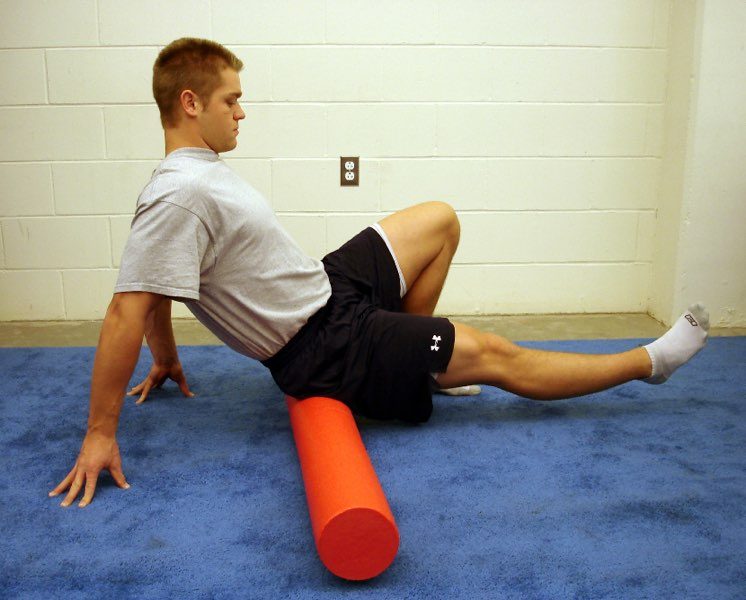Foam rolling has become a popular component of most personal training and sports performance program. It is simple to perform with cheap equipment. But more importantly “it works.”
There has been quite a bit of debate on what “it works” means to different people. This was probably perpetuated by naming the use of a foam roller as “self-myofascial release.” Many have argued that foam rolling does nothing to “release” the fascia as the ability to deform fascia significantly is well beyond the means of a simple piece of foam or PVC pipe.
At times, that has lead to the knee-jerk reaction of some to essentially say that foam rolling does nothing to the fascia, thus must be useless and a waste of time to perform. Too bad it wasn’t just called “self-massage.”
Many, including some prominent strength coaches, have argued back saying again that “it simple works” because people feel better after foam rolling.
I couldn’t agree more. However, I’m not a big fan of just say “it just works.” I want more than that.
Foam Rolling Helps Recovery
 While foam rolling has become popular, it still is used most often as a way to prepare for training. However, a recent research report was published in the Journal of Athletic Training that looked at the effect of foam rolling after training on delayed onset muscles soreness (DOMS) and performance.
While foam rolling has become popular, it still is used most often as a way to prepare for training. However, a recent research report was published in the Journal of Athletic Training that looked at the effect of foam rolling after training on delayed onset muscles soreness (DOMS) and performance.
In the study, 8 collegiate men performed a 10×10 squat protocol to completely exhaust their quads and cause DOMS. The groups performed this two times, once with performing foam rolling afterward and another time without foam rolling. In the experimental group, foam rolling was performed immediately after squatting, as well as 24- and 48-hours later.

Results of the study showed that DOMS was significantly reduced when foam rolling was performed. However, they also discovered 30 meter sprint time, broad-jump distance, and change-of-direction speed were all negatively effected by the presence of DOMS, but the impact was lower if they performed foam rolling.
Implications
Based on this article, I’m not sure we are any closer to understanding “why” foam rolling works, however we do understand more of “how” foam rolling works.
Foam rolling isn’t just a way to prepare for training, but also a useful tool to recover from training.
Foam rolling should be performed both before and after training, and likely even on off days after training. Doing so will reduce the amount of soreness you have after a hard session and allow you to train hard or perform better next time. This is important for everyone from the personal training client to the in-season athlete.
Put simply, foam rolling helps you recover faster and then perform better, I know everyone at Champion is definitely still foam rolling!
How I Use Foam Rolling and Self-Myofascial Release
This month’s Inner Circle webinar will be on how I use foam rolling and self-myofascial release in my programs. I’ll be going over specific techniques using a variety of tools to perform a comprehensive self-myofascial release program. You can simple roll back and forth, but there are better ways to incorporate self-myofascial release to be even more effective.
The webinar will be on Thursday March 19th at 8:00 PM EST but I’ll record it for those that can’t make it live.
- Inner Circle members click here to register for the live webinar.
- Learn how to access this webinar and ALL my past webinars for less than $10!





